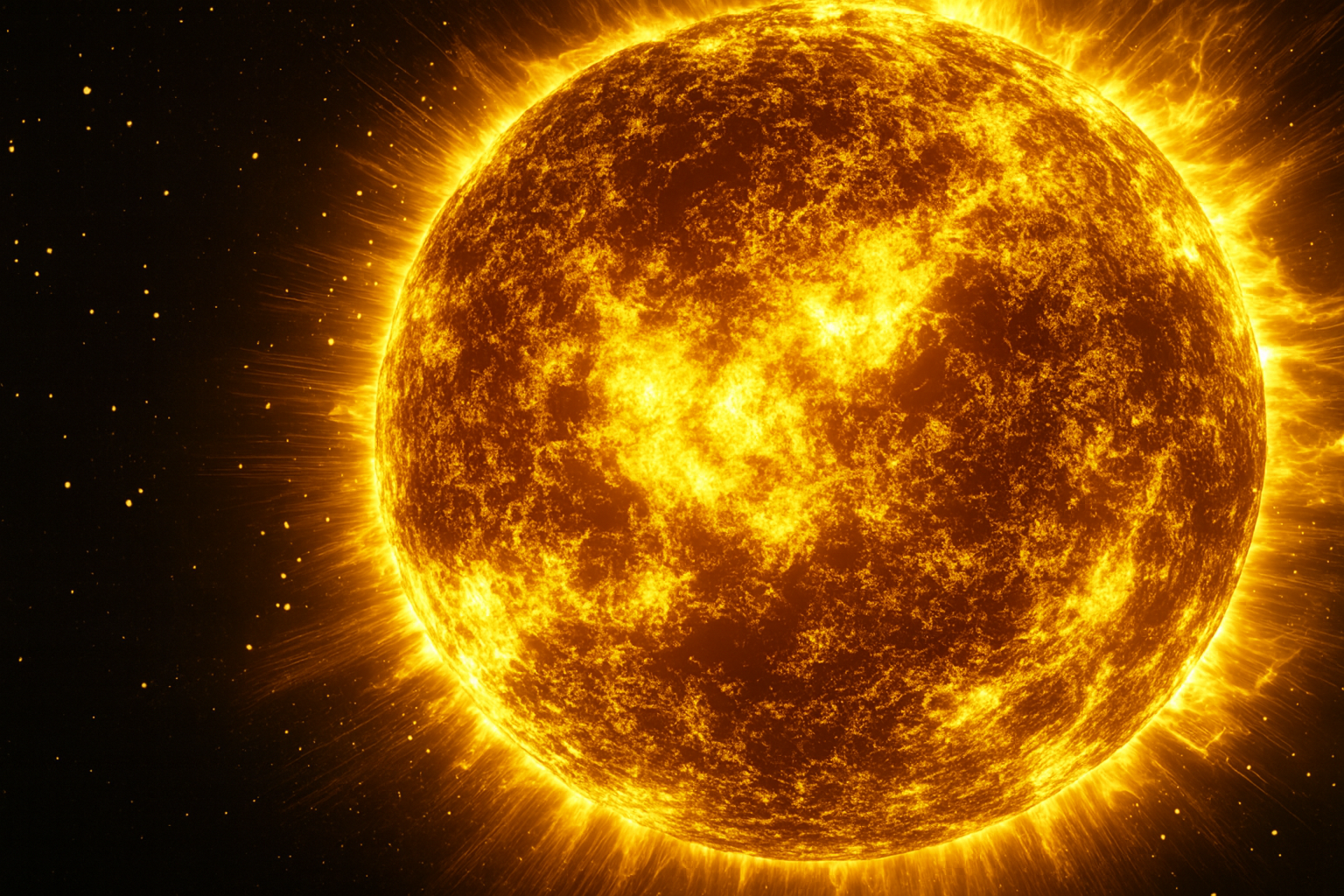When the Sun Strikes
What would happen if, in an instant, the lights went out—not just in your town, but across the entire world? No phones. No internet. No electricity. That chilling possibility lies at the heart of my Solar Storms Saga books, and it isn’t just fiction. It’s a very real threat. You may have heard such solar events referred to as an electromagnetic pulse, or EMP. Such bursts of energy can disable electronics world-wide and they come in two forms.
Natural EMPs are produced by massive solar eruptions called coronal mass ejections (CMEs). These storms hurl billions of tons of plasma and charged particles into space. If aimed at Earth, they can overwhelm our magnetic field and wreak havoc on modern technology.
Man-made EMPs occur as a byproduct of nuclear explosions. If a nuclear device is detonated high in the atmosphere it would knock out satellites, power grids, and communications over an entire continent.
Both scenarios share one frightening truth: the more dependent we become on electronics, the more vulnerable we are but, could such an event actual occur? Well, nuclear war is certainly possible and a natural EMP hitting the Earth occurred less than two hundred years ago.
On September 1, 1859, British astronomer Richard Carrington observed a blinding flash on the sun’s surface. Hours later, Earth was struck by the most powerful solar storm in recorded history.
The results were stunning. Auroras painted the skies as far south as Cuba and Hawaii. Telegraph operators reported sparks flying from their equipment. Some systems continued to send messages even after being disconnected from their power source—charged directly by the storm itself.
The world of the 19th century, however, was not wired like ours. Telegraphs were the cutting-edge technology of the day. Imagine the same event today, when nearly every aspect of life depends on vulnerable electronics.
Could It Happen Again? Scientists agree: the answer is yes. In fact, it nearly did. In July 2012, a storm similar in strength to the Carrington Event blasted through Earth’s orbit. Fortunately, our planet was not in the path of the plasma. NASA scientists later described it as a near miss.
When I sat down to write the Solar Storms Saga, I wanted my readers to feel the terrifying plausibility of such a catastrophe, but I also wanted them to feel hope. I try to instill hope in all my books.
The series begins with a massive solar storm that cripples modern civilization. Power grids collapse. Communications vanish. Supply chains grind to a halt. Suddenly, survival becomes local and personal. How do you keep your family fed without supermarkets or refrigeration? How do you stay safe when emergency services are overwhelmed or non-existent? And how do you maintain hope when modern life has vanished overnight?
Though my books are fiction, the threat is real—and so are the lessons. The characters in the saga struggle with this threat as they struggle to survive and restore as much normalcy as possible. Their journey reflects not just the science of what might happen, but the human resilience that always fights to endure.


